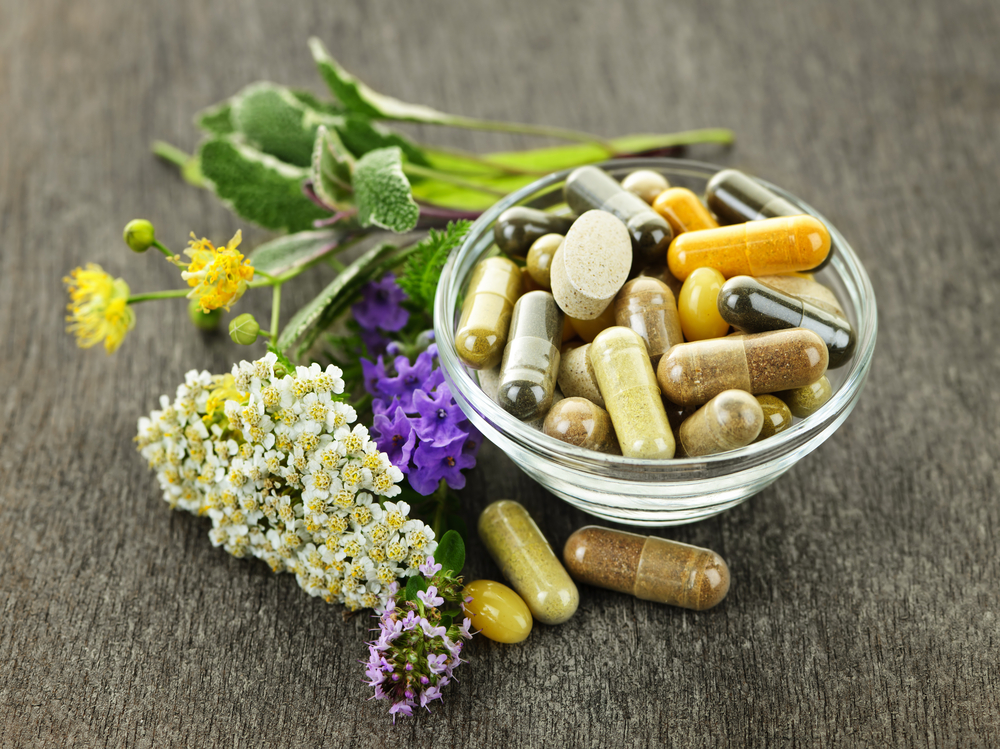Daily Value vs. Daily Value %
Let’s first look at how Daily Value (DV) and Percent Daily Value (%DV) interact. The DVs are the recommended daily intakes of nutrients. The %DV indicates how much a nutrient is in a single portion of a packaged food or dietary supplement to your daily diet. If a nutrient’s DV is 300 micrograms (mcg), and a packaged food has 30 mcg per serving, then the %DV would be 10%. You would get 10% of your daily nutrient needs if you only ate one portion of the product. You could also consume other foods and supplements to get the remaining 90%.
Daily Value Updates May Impact % Daily Value
New nutrition research has led to the updating of the DVs for many nutrients. The %DV for some products and supplements may differ. You may need to eat more or less of a particular food, beverage, or dietary supplement to meet the DVs and recommended amounts.
The %DVs for nutrients with DVs that have gone up may drop
The DV for total cholesterol has been increased from 65g to 78g. This means that a packaged food containing 36g total fat per serving (previously 55%DV) now has 46%DV. Refer to the table below to see a side-by comparing the information on the original Nutrition Facts labels. (If product serving sizes and amounts of nutrients remained the same)
The %DVs of nutrients with DVs that have fallen may rise.
The DV for sodium has been updated to 2,300mg from 2,400mg. This means that packaged foods with 1,060mg sodium per serving (previously 44% of the DV) now have 46% DV. Below is a side-by comparing the information on the new and original Nutrition Facts labels. (If product serving sizes and amounts of nutrients remained the same)
What Nutrients Must Be Listed on Nutrition and Supplement Facts Labels
The Nutrition Facts label must include total fat, saturated and transfat, cholesterol, sodium and total carbohydrate. It also must include added sugars, total carbohydrates, and certain vitamins, as well as minerals. The manufacturer may list other vitamins and minerals, but must include the actual amount and %DV for vitamin D, calcium and iron.
They are required to list any vitamins or minerals that have been added to the food, or to make a statement on the package labeling about the health effects of the food or the amount (e.g. “high” or “low”)
The Supplement Facts label must also list the same nutrients that the Nutrition Facts label if any of these nutrients are present in the supplement in a quantity greater than zero.
- Low is defined as a serving containing less than 5% DV of a nutrient.
- High is defined as a nutrient serving that contains 20% or more of its daily value.
Choose foods that are:
- Higher in dietary fibre, vitamin D, calcium and iron.
- Saturated fat, sodium, as well as added sugars, are lower.
Reference Guide: Daily Values Changes for Nutrients
This handy guide contains all the updated Daily Values from the new Nutrition Facts or Supplement Facts labels. Continue reading to learn which Daily Values have changed, decreased, remained the same, or were developed entirely new.
Daily Value INCREASES
Nutrient |
Original Daily Value |
New Daily Value |
|---|---|---|
| Calcium | 1000mg | 1300mg |
| Dietary Fiber | 25g | 28g |
| Fat | 65g | 78g |
| Magnesium | 400mg | 420mg |
| Manganese | 2mg | 2.3mg |
| Phosphorus | 1000mg | 1250mg |
| Potassium | 3500mg | 4700mg |
| Vitamin C | 60mg | 90mg |
| Vitamin D | 400 IU | 20mcg (1) |
| Vitamin K | 80mcg | 120mcg |
Daily Value DECLINES
Nutrient |
Original Daily Value |
New Daily Value |
|---|---|---|
| Biotin | 300mcg | 30mcg |
| Chloride | 3400mg | 2300mg |
| Chromium | 120mcg | 35mcg |
| Copper | 2mg | 0.9mg |
| Folate/Folic Acid | 400mcg | 400mcg DFE (1)(2) |
| Molybdenum | 75mcg | 45mcg |
| Niacin | 20mg | 16mg NE (1) |
| Pantothenic Acid | 10mg | 5mg |
| Riboflavin | 1.7mg | 1.3mg |
| Selenium | 70mcg | 55mcg |
| Sodium | 2400mg | 2300mg |
| Thiamin | 1.5mg | 1.2mg |
| Total carbohydrate | 300g | 275g |
| Vitamin A | 5000 IU | 900mcg RAE (1) |
| Vitamin B6 | 2mg | 1.7mg |
| Vitamin B12 | 6mcg | 2.4mcg |
| Vitamin E | 30 IU | 15mg alpha-tocopherol (1)(3) |
| Zinc | 15mg | 11mg |
Daily Values NOT Changed
Nutrient |
Original Daily Value |
New Daily Value |
|---|---|---|
| Cholesterol | 300mg | 300mg |
| Iodine | 150mcg | 150mcg |
| Iron | 18mg | 18mg |
| Protein | 50g | 50g |
| Saturated Fat | 20g | 20g |
New Daily Values
Nutrient |
Original Daily Value |
Daily Value |
|---|---|---|
| Sugars added | — | 50g |
| Choline | — | 550mg |
(1) Indicates a unit change in measure. The unit of measure describes how a vitamin/mineral is measured. Therefore, the %DV might look different.
(2) The Daily Value reduction for folate/folic Acid applies only to foods/supplements that contain folic acids or a combination of folic and naturally occurring folate. The original and updated Daily Valuations are the same for foods/supplements that only contain naturally occurring folate.
(3) The Daily Value reduction for vitamin E is applicable to foods/supplements that contain the natural form of vitamin, but not the synthetic form. The DV was increased for foods/supplements containing but not the synthetic form.
Units Of Measure Key:
G = grams
mg = milligrams
mcg = micrograms
mg NE = milligrams equivalent to niacin
mcg DFE = micrograms equivalent to dietary folate
mcg RAE = micrograms equivalent to retinol activation
International units = IU
Learn More At: www.fda.gov/NewNutritionFactsLabel









